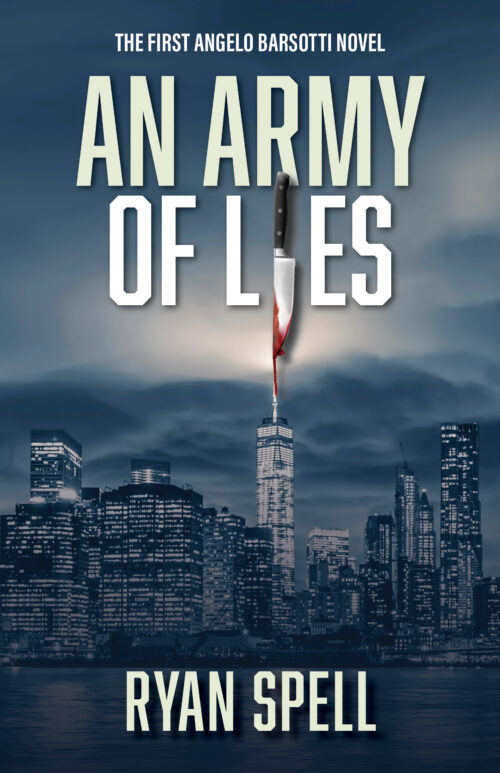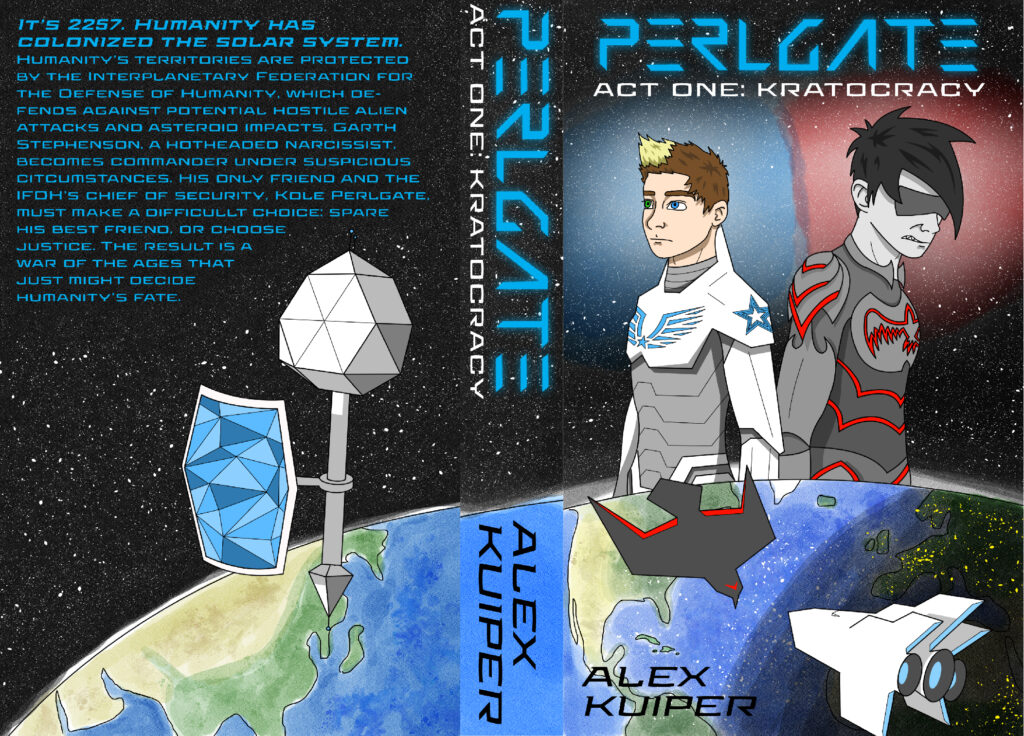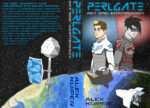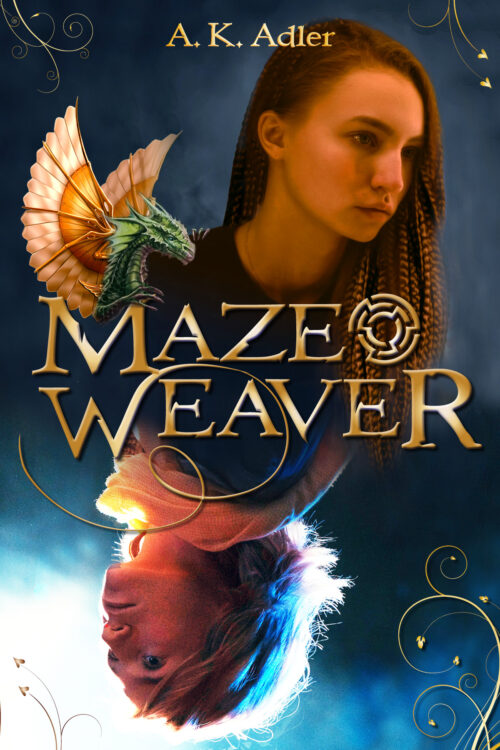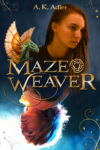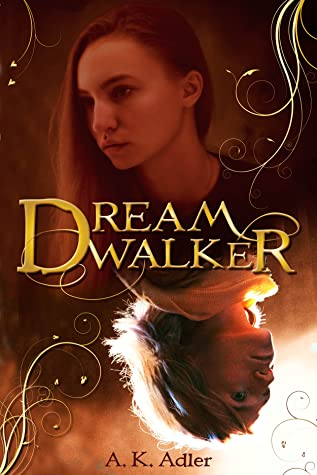A Civil War sharpshooter is tasked with helping hunt down an enormous mountain lion picking off immigrant workers building the transcontinental railroad in the foothills of the Sierra Nevadas in 1868. He finds himself caught in the middle of a battle between the immovable presence of nature and the unstoppable force of modernization. Hunter becomes the hunted as he toils with the idea of picking a side in this eternal conflict. Historical fiction novella addressing the themes of the cost of modernization and how those least responsible are often left to face the consequences of progress.
I’ve been toying with three cover ideas inspired by vintage travel posters and 19th century news headlines/posters.
Nathan says:
Of the three, I like the bones of the third one best; lighten the background, then use a halftone of the reddish hue for the mountain lion in the first two to make the lion pop in this one.
I question the wisdom of using “Gaia” in the title of a historical novel, though. While I know that it’s the name of an ancient Greek goddess, to a current readership it immediately brings up post-1970s environmentalism, and thus seems like an anachronism.
Thoughts?


